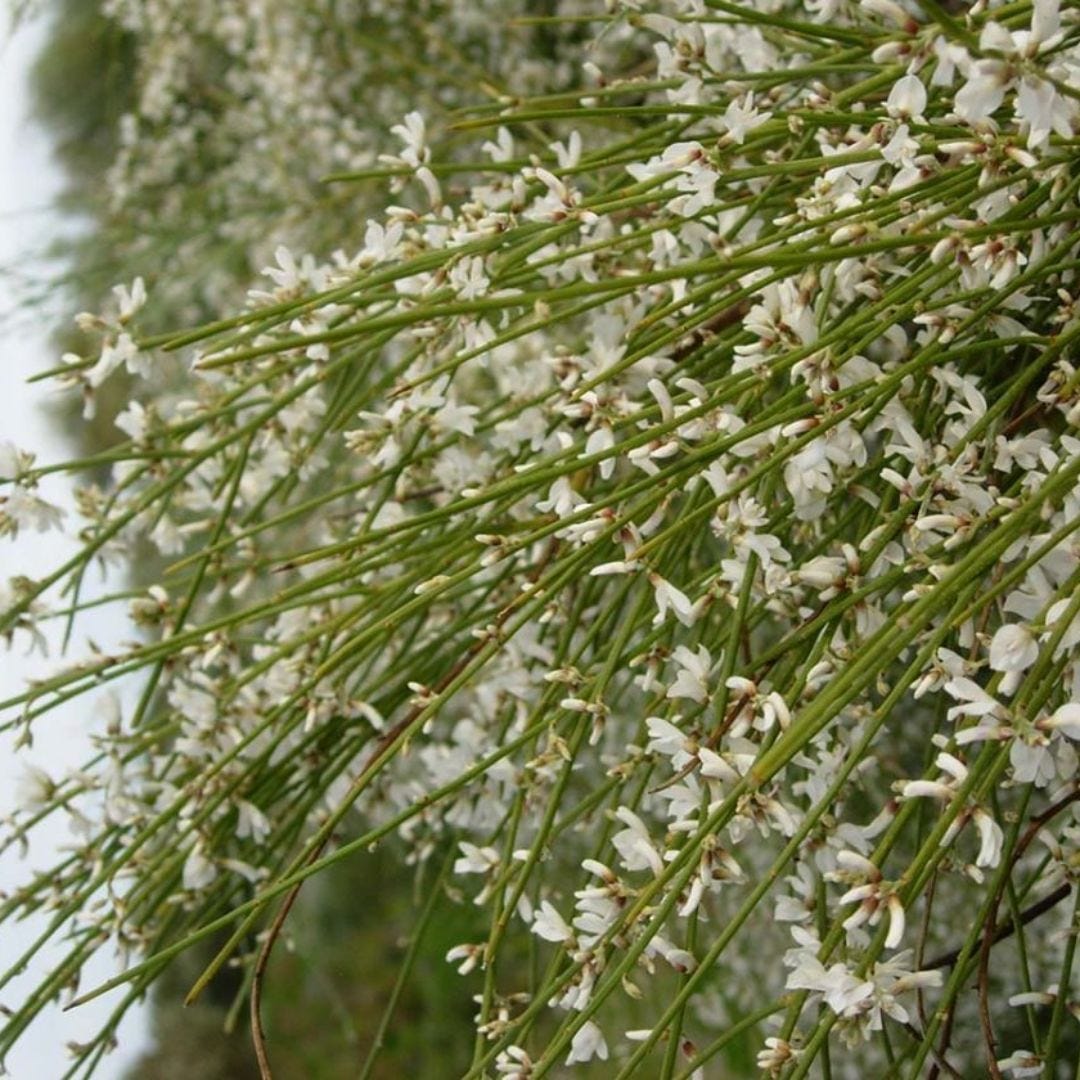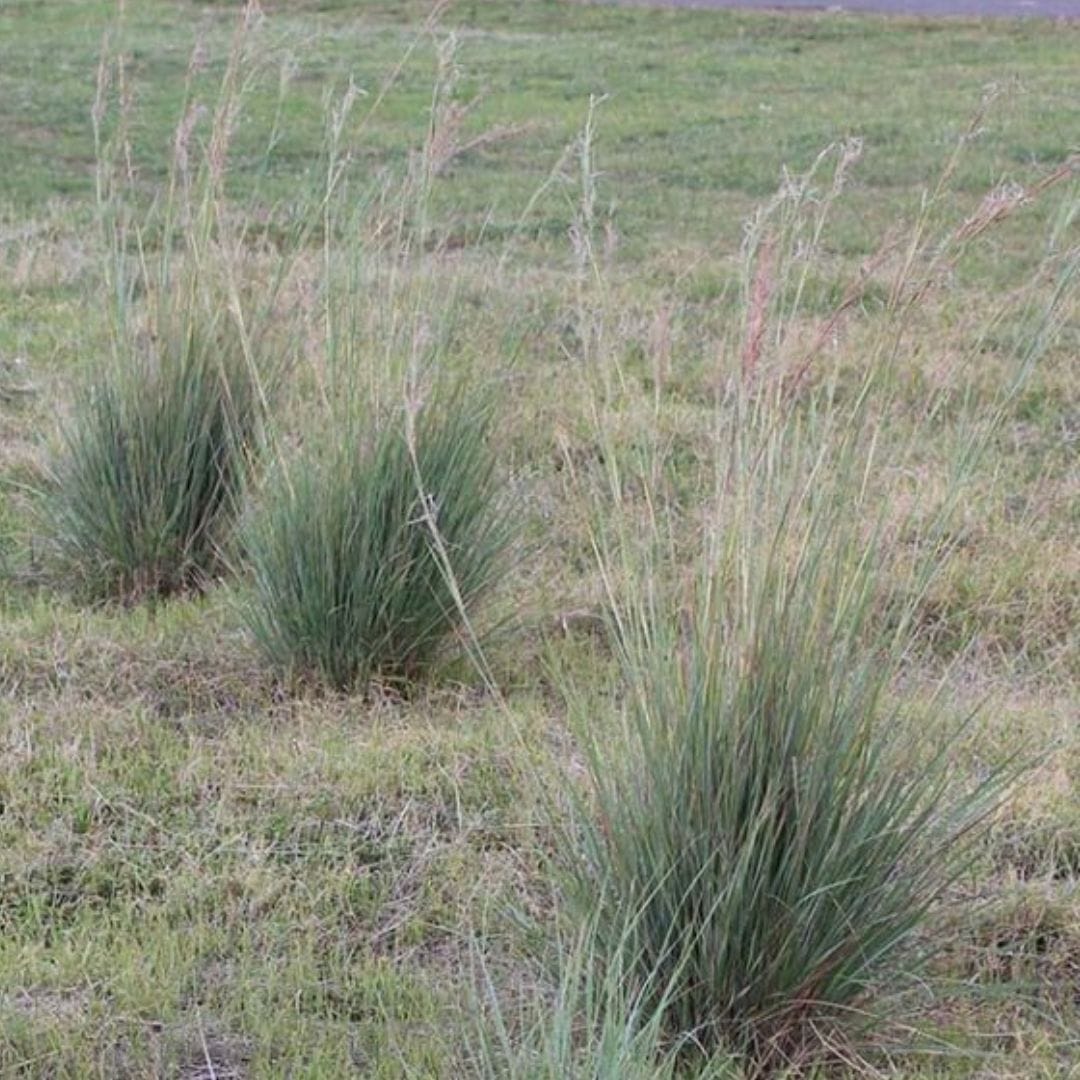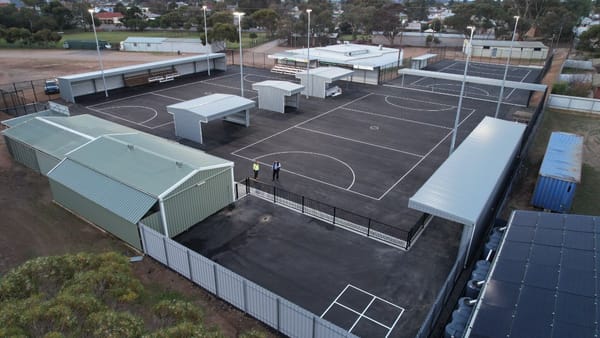Declared weeds aren’t always obvious, landscape board warns
A number of plants once used for ornamental purposes have become declared weeds in recent years. Do you know what to look for?

That pretty plant on your street or in the garden may be doing more harm than good.
A Riverglades resident recently contacted Murray Bridge News after stumbling upon some pampas grass, a declared weed that invades bushland and displaces native vegetation.
Until further research was done, the resident had no idea it was now a designated dangerous weed.
Landscape SA Murraylands and Riverland district manager Bec Gould said it was certainly one people might not know was declared – one of many.
“Pampas grass is one of many plants that were once ornamental and they’ve been bought in with good intent,” she said.
An example of another plant like this is white weeping broom, which was brought to Australia in the 19th century as an ornamental garden plant.
“In this case it's quite a pretty flower and probably has its value in floristic designs, but it’s become a serious environmental weed in many areas,” Ms Gould said.


Pampas grass and white weeping broom are pretty but should be reported. Photo: PIRSA
Declared weeds have undergone an assessment and pose a greater threat to public safety, and livestock.
“They could be toxic plants that have taken hold and spread throughout the landscape … they’re very difficult to control,” Ms Gould said.
A normal weed was a plant in a place where it was not wanted; they could still be an issue, but not at a landscape scale.
“I wouldn't underestimate (normal weeds); they do have some pretty powerful properties,” she said.
If a land owner or manager discovers a declared plant, they are expected to destroy the plant and prevent any new ones from establishing.
This also extends to a prohibition on moving or selling the plant.
The effects of declared weeds aren’t always apparent, but they can out-compete native vegetation and be unpalatable.
Ms Gould advised gardeners not to keep weeds, even in pots in which they could be contained; but if they did, she recommended keeping them indoors and not spreading them to the garden.
“Look at what species you are collecting first and don’s allow it to go into the garden,” she said.
Other species you may have thought ornamental before include Bridal veil, Coolatai grass, Fountain grass and Sagittaria.




Bridal veil, Coolatai grass, fountain grass and Sagittaria could be hiding in your garden. Photos: PIRSA
If you discover a declared weed in your garden, you have the responsibility to dig it out and place it into a bag where it cannot spread further.
“Dispose of it in general waste, don’t put it in the green waste, because that’s another means for it to spread,” Ms Gould said.
If you’re not sure about a weed, drop into your local Landscape SA office to help with identification.
Make sure to buy your plants from a reputable nursery rather than picking up from roadside stalls.
All declared – and undeclared – plant policies and a list of declared plants are available on the Primary Industries and Regions SA website.
- More information: pir.sa.gov.au.





